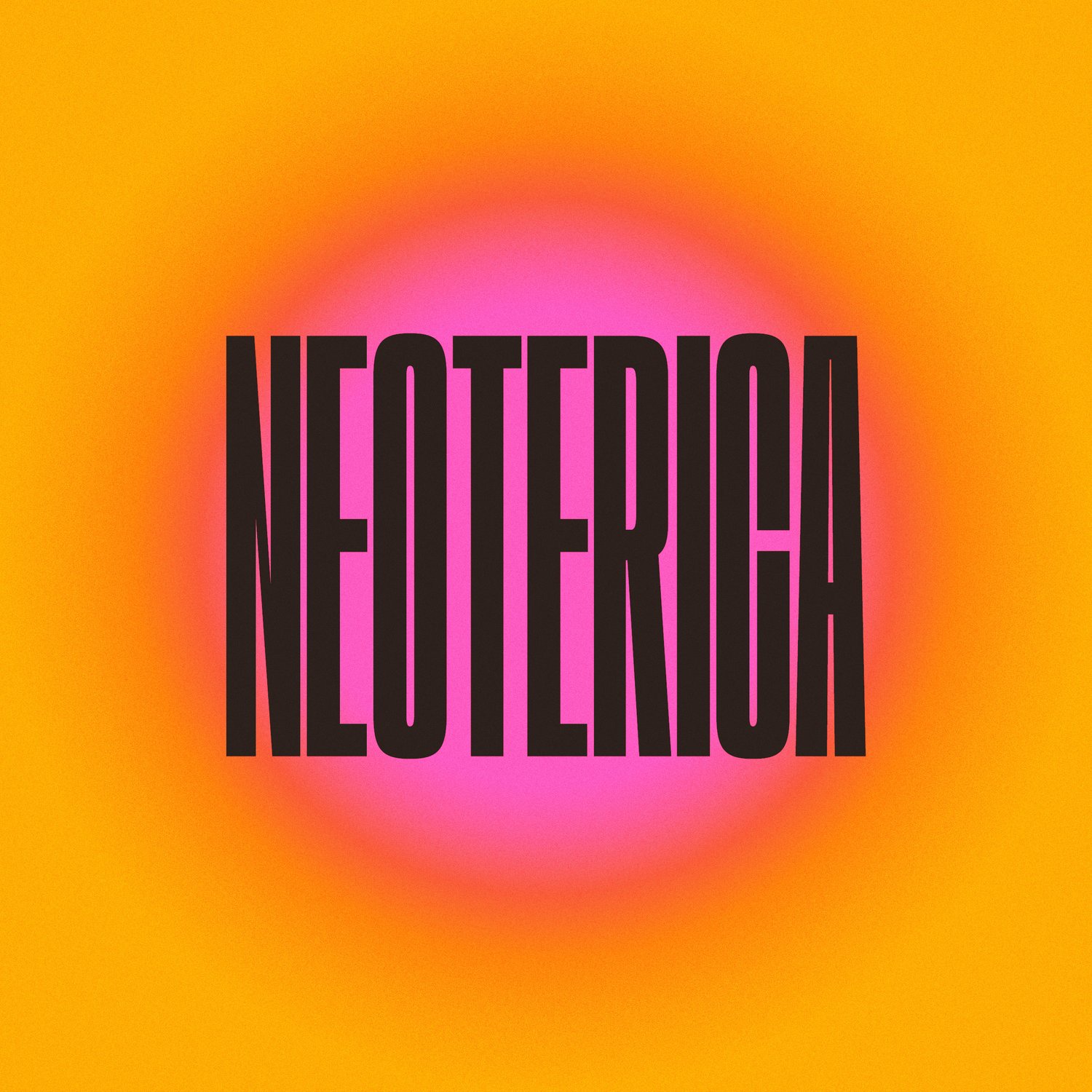Aushaf Widisto
Aushaf Widisto writes about Kate Kurucz in Neoterica 2024.
The Losers in You and I
‘I want you to meet my losers,’ Kurucz told me as I entered her art studio. She pointed towards paintings of three figures from Ancient Greek mythology: Arachne, the Minotaur and Icarus – three mythical ‘losers’ whose stories are both extreme and absurd.
The first one, Arachne, was a great weaver who boasted her skill was greater than the goddess Athena's and challenged her to a weaving contest. Arachne won, but at a steep cost: she enraged Athena, and the goddess beat the girl with her shuttle. Arachne then hanged herself out of shame, and Athena transformed her into a spider.
In her painting, Kurucz depicted Arachne's form mid-metamorphosis. In this transitory state between human and spider, Kurucz captured the physicality and horror of bodily transformation that Arachne experienced.
Next is the Minotaur, a mythical creature described as being ‘part man and part bull.’ The creature dwelt at the centre of Daedalus’ Labyrinth, which was constructed for the specific purpose of incarcerating him, under the command of King Minos of Crete. His miserable life was eventually ended by Theseus, the Athenian hero.
Kurucz painted the Minotaur sitting down, resting his head on the decapitated head of one of his victims. The creature looks as if pondering his fate – stuck in confinement, with nothing to do but prey on whatever lost soul he can find in his intricate cage.
And then there’s Icarus, son of the Labyrinth’s architect Daedalus, who along with his father was imprisoned by King Minos after Theseus killed the Minotaur. To escape, Daedalus fashioned two pairs of artificial wings held together by beeswax, and warned his son to not fly too low lest the sea’s moisture clogs his wings, nor too high lest the sun's heat melts them. Icarus ignored his father’s latter instructions, and died.
Inspired by Bruegel’s Landscape with the Fall of Icarus, Kurucz painted her Icarus in a similarly obscure way. The boy who fell from the sky, who is supposed to be the most important subject, is given little prominence in the composition. Paradoxically, the viewer’s eyes are instead directed towards a pair of birds in the foreground.
These three tragedies are mythical, not historical – but that doesn’t mean they never happened. If anything, not only have these stories happened, they are still happening, and will continue to happen ‘til the end of time. These stories are archetypal, providing templates for universal human experiences that you and I undergo ourselves.
We’re all losers, aren’t we? There are Arachnes, Minotaurs, and Icaruses in all of us. Haven’t we all, at some point in our lives, enraged powers beyond our ken? Found ourselves trapped in a wretched, inescapable maze? Or flew too close to the sun?
The archetypal tragedies of Arachne, the Minotaur and Icarus incite a catharsis so profound it reverberates through the ages. Kurucz loved the idea that thousands of years ago, someone else was comforted by the same stories we read today. Indeed, is there anything more human than our fondness for good stories, both happy and sad?
Aushaf Widisto is an emerging writer from Indonesia, currently based in Kaurna Yerta Adelaide, Australia. His writing has been published in numerous publications across the web, both under his real name and pen name Adam Erland. As Aushaf, he writes about arts, culture, creative industries and urbanism – which are subjects he is formally trained in. While as Adam, he writes more freely about his other passions – ranging from 'serious' stuff like philosophy to 'trivial' stuff like pop culture. Aushaf writes in both English and Bahasa Indonesia, and has dabbled with many writing forms, including reviews, listicles and even academic papers. That said, he is most comfortable when writing memoirs and personal essays. He loves sharing lessons and experiences from his own life and finding the common humanity between his stories and other people’s.

